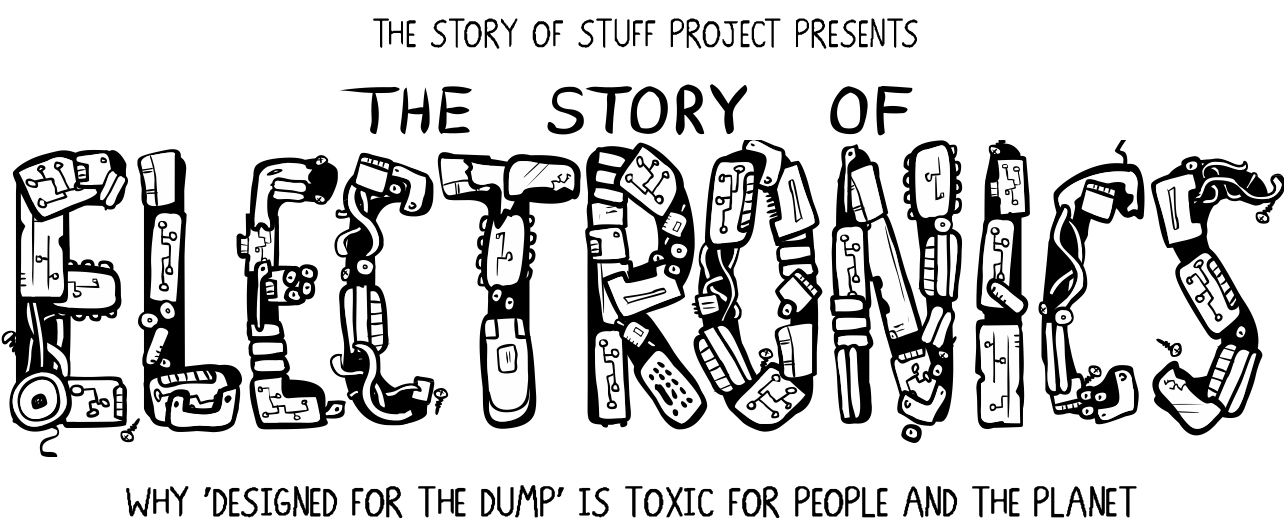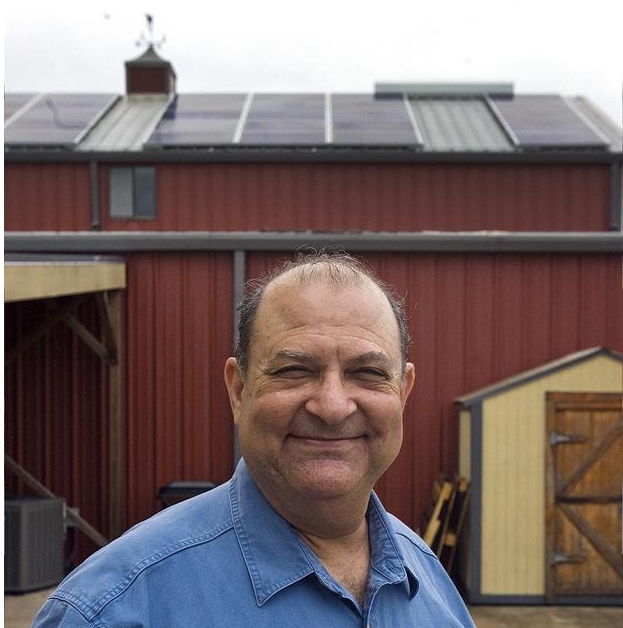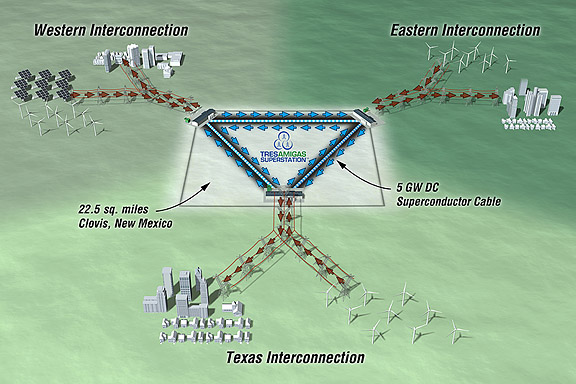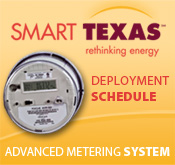

Public Utility Commission Chairman Barry Smitherman recently sat down with Texas Tribune reporter Kate Galbraith to talk about energy efficiency, CREZ, smart-meters, non-wind renewables, the switch-hold rule, the Lege, and Federal climate legislation (or lack thereof?). It’s a good read/listen if you have some time. Some interesting highlights:
On the efficiency agency idea (we’ve had something to say about it here, here and here in conjunction with the rather lame energy efficiency rule adopted on July 30):
Galbraith: What do think of the environmentalists’ proposal to house all aspects of energy efficiency under one roof?
Smitherman: I talked to Smitty about it on Thursday, when I came back because I was out of the office last week, and I came in and I was catching up on the clips, and I called him up and I said, well that was quite a letter you sent to Speaker Straus, and we kind of laughed about it a little bit. You know, I think there’s some merit to it. Because whether it’s SECO or here or over at the housing agency, there’s at least three if not more places. Plus you’ve got the local community efforts where energy efficiency dollars are being expended, and there’s really no mechanism in place to coordinate that. And so if you want to take it and put it in SECO or put it over here, I don’t care. I think creating an entirely separate new agency is going to be tough next session because it’s going to be a busy session with redistricting and the budget and a number of other issues — Sunset — but it might make sense to take energy efficiency and house it in one place.
It is encouraging to hear the chairman agree that the nifty idea of combining efficiency programs under one roof makes sense. PS- The “Smitty” he mentions is Public Citizen’s own Texas State Director Tom “Smitty” Smith, our boss.
On direction from the 82nd Lege:
Galbraith: Do you expect more direction next session?
Smitherman: I do. I think there are a number of members that believe very strongly in energy efficiency. And we saw that this last session with a couple of bills, and so I would expect there to be a robust debate at the end of the session. I don’t know where it will come out at the end of the day, but I think that the debate will be there. And what I hope continues to happen is that we use a broad portfolio of tools to address our energy security and independence and price stability, and energy efficiency is one of those tools. I wouldn’t suggest that we do only energy efficiency and not build the CREZ, for example; or not try to promote a new nuclear plant. But there are some people who really believe that energy efficiency is the way to go.
I don’t know who is advocating for only energy efficiency to accomplish clean air, lower bills and energy security, but it certainly should be a top priority, no?
Check out the entire transcript here to get the rest of the good stuff.
###
By promoting cleaner energy, cleaner government, and cleaner air for all Texans, we hope to provide for a healthy place to live and prosper. We are Public Citizen Texas.
Read Full Post »










